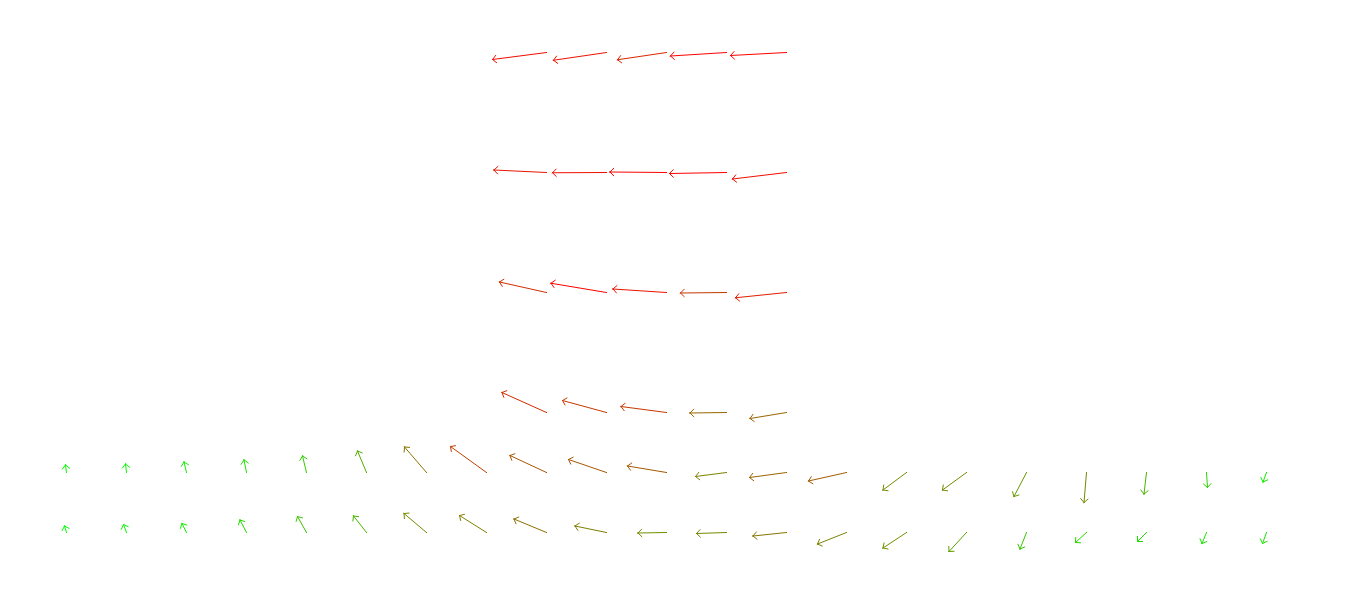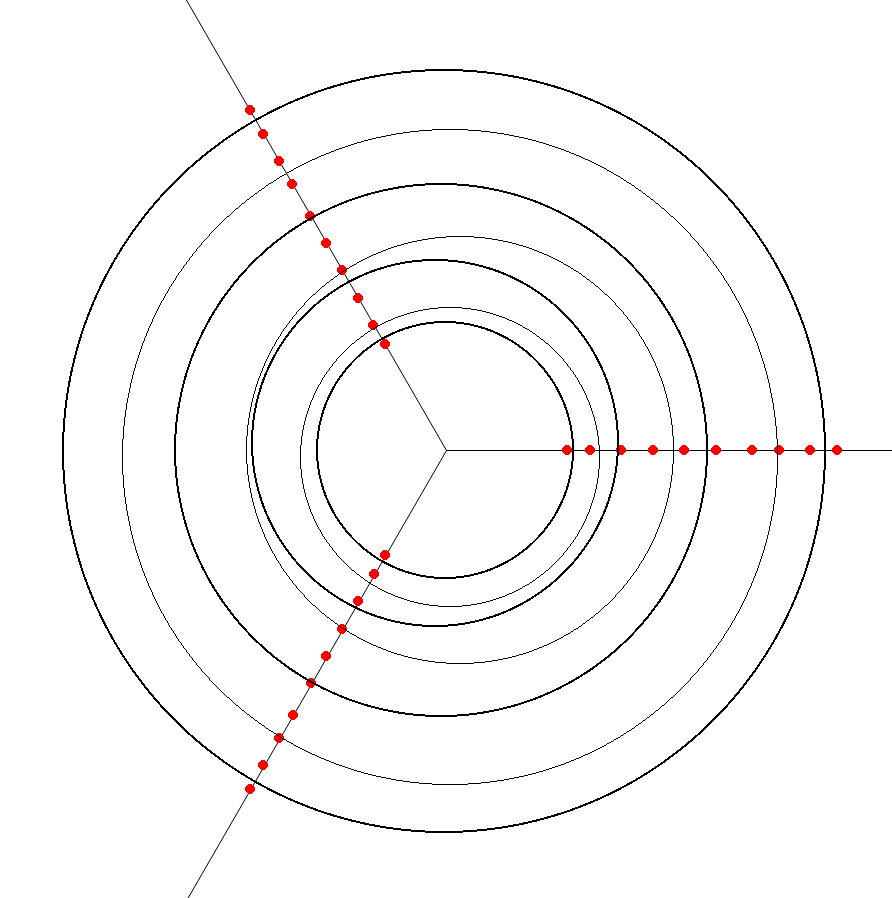PyGame visualisation of a Vector Field, which is designed for Physics Labolatory no. 31 in AGH UST Computer Science curriculum
- Laboratory Description
(.pdf in polish) - Laboratory Report Template
(.pdf in polish)
Source: Pracownia Fizyczna, Wydział Fizyki i Informatyki Stosowanej
- Verify you have python 3 installed by running
python3 --version - Verify you have
pipinstalled by runningpip --version - Install pygame by running
pip install pygame
- Put your readings into
plate_capacitor/readings.txt. Type of whitespace characters shouldn't make any difference, bacause readings form is defined separately - (Optionally) Chose one of the ready graphical settings in
plate_capacitor/config.py - (Optionally) Feel free to add new or modify existings graphical settings in
plate_capacitor/Graphical_settings.py - Run
python3 plate_capacitor/run.py
If readings were read succesfully, something like that should appear in the console:
Read field:
1.3 1.45 1.58
1.32 1.49 1.65
1.34 1.55 1.73
1.39 1.64 1.89
1.44 1.77 2.09
1.52 1.95 2.28
1.7 2.21 2.59
2.14 2.66 3.0
2.22 1.94 2.04 2.46 2.86 3.2 3.47
3.3 2.99 2.98 3.35 3.59 3.85 3.98
4.36 4.07 4.09 4.23 4.35 4.48 4.47
5.34 5.2 5.16 5.14 5.13 5.05 5.03
6.46 6.34 6.08 5.87 5.75 5.65 5.58
7.58 7.42 7.1 6.6 6.49 6.32 6.09
7.25 6.9 6.59
7.72 7.37 6.99
8.2 7.72 7.39
8.45 7.85 7.65
8.5 8.07 7.89
8.55 8.25 8.03
8.53 8.34 8.12
8.6 8.42 8.21
-
Put your readings into
circular_capacitor/readings.txt. Format of this file is as follows:- Column 1:
Distance from the middle of n-th point (cm) - Column 2:
Electric potential of n-th point on line I| - Column 3:
(...) on line II - Column 4:
(...) on line II
- Column 1:
-
Set value-related settings in
circular_capacitor/config.pyin accordance with comments -
(Optionally) Modify display options in
circular_capacitor/config.py -
Run
python3 circular_capacitor/run.py
If readings were read succesfully, something like that should appear in the console:
Loaded radiuses:
[27.0, 32.0, 39.0, 46.0, 53.0, 60.0, 68.0, 74.0, 81.0, 87.0]
Loaded readings:
Column 1: [6.7, 6.1, 4.6, 4.3, 3.6, 2.7, 2.3, 2.0, 1.4, 0.9]
Column 2: [6.9, 5.9, 5.0, 3.8, 3.5, 2.9, 2.2, 1.8, 1.4, 1.0]
Column 3: [7.2, 5.4, 5.2, 4.4, 3.2, 2.9, 2.3, 1.7, 1.3, 1.0]
*Other capacitors are not implemented, but can be generated, by setting structure parameter of class Data_reader. See how BASIC_STRUCTURE is defined. Baisically if you have readings:
2.28
2.21 2.59
2.14 2.66
2.04 2.14 2.46
then:
structure = [
[False, False, False, True],
[False, False, True, True],
[False, False, True, True],
[True, False, True, True],
]

